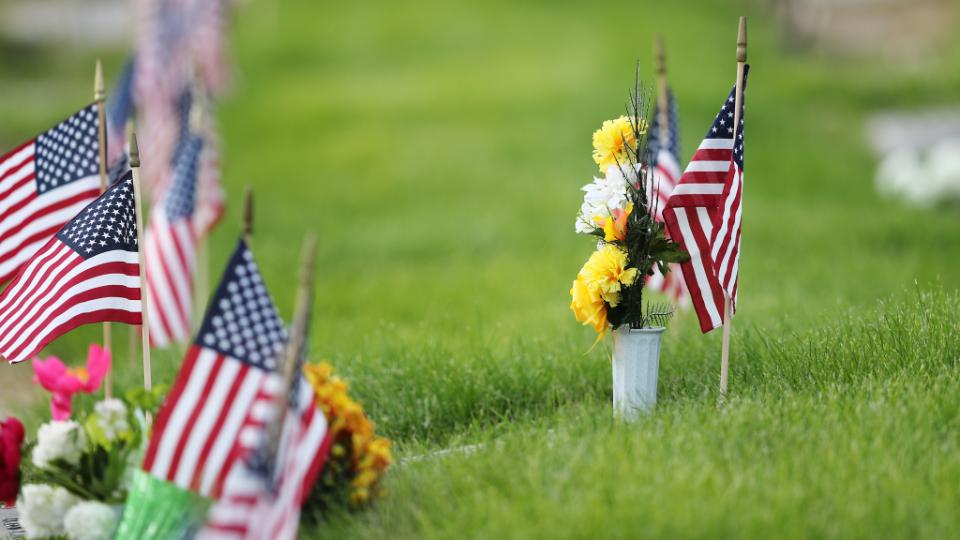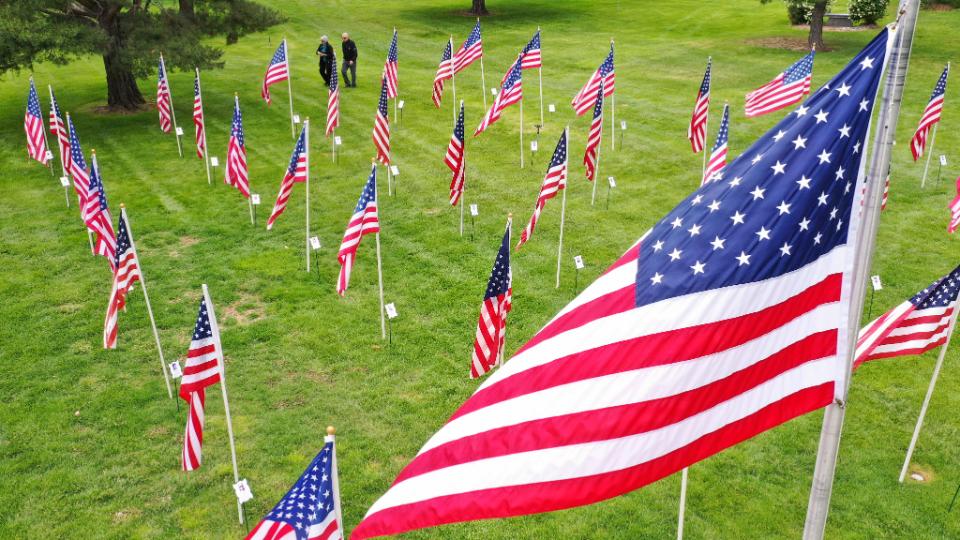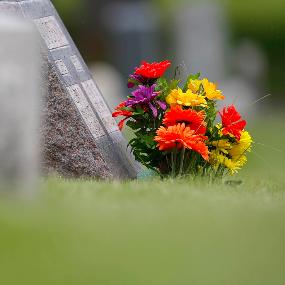
Memorial-Day
Flags and flowers adorn graves at Salt Lake City Cemetery on Sunday, May 26, 2019. Photo by Scott G. Winterton, courtesy of Church News.All rights reserved.This story appears here courtesy of TheChurchNews.com. It is not for use by other media.
By Christine Rappleye, Church News
A day to fly the flag. A day off from school or work. A time to gather — virtually or in person, as conditions permit. A day to visit and decorate the gravesites of loved ones and to remember them.
In the United States, any of those could be ways to celebrate Memorial Day, which is honored on the last Monday in May. This year, it falls on May 31.
The first Memorial Day, on May 30, 1868, didn’t commemorate the date of a particular battle or anniversary. It was designated as a time for “strewing with flowers or otherwise decorating the graves of comrades who died in defense of their country,” according to General Order 11 by Gen. John A. Logan in May 1868. The text is shared on usmemorialday.org/history-of-memorial-day.
In recognition that those who died in the Civil War were buried across the nation, there was no organized ceremony. The General Order indicated that people should plan celebrations as they see fit.
On the first Decoration Day, as it was initially called, more than 5,000 people decorated the graves of 20,000 soldiers in Arlington Cemetery, and Congressman and former Civil War General James A. Garfield spoke.

Memorial-Day
A couple walks through Flags of Honor at Memorial Mountain View Cemetery in Cottonwood Heights on Sunday, May 24, 2020. The flags honor soldiers who have died since 9/11. Photo by Jeffrey D. Allred, courtesy of Church News.All rights reserved.Since then, it has expanded to include more than the Civil War, the name has changed to Memorial Day, and it is now a federal holiday celebrated on the last Monday in May.
As families gather to remember those who have died or visit with each other in other ways on Memorial Day, or on similar remembrance holidays celebrated in countries around the world, there are opportunities to record family stories or delve into family history. Here are four ideas to start new traditions or incorporate into your current traditions:
- Finding a burial site and grave marker. Digital tools at Find A Grave and BillionGraves, and the FamilySearch indexes for both, can help locate graves. FamilySearch’s page can also help to locate grave markers. Sources from Find A Grave and BillionGraves can be added to FamilySearch, which helps other relatives find them, too.

Memorial-Day
Flowers next to a headstone at Salt Lake City Cemetery on Sunday, May 23, 2010. Photo by Scott G. Winterton, courtesy of Church News.All rights reserved.- Taking a photo of a headstone. If you are physically visiting a cemetery, take photos of the headstone or grave marker and add it to the person’s profile on FamilySearch.org. You can also ask anyone in your group what they know about the person. This information can then be added as a memory on FamilySearch.org as a digital recording or a written story. It is always a good idea to ask permission before sharing it. See familysearch.org/memories for more information about adding a memory to FamilySearch.
- Sharing memories. If you are visiting with family, whether virtually or in person as local conditions allow, ask them about stories they have heard about ancestors you have in common. With their permission, add them as memories on FamilySearch. See familysearch.org/memories for more information about adding a memory to FamilySearch. FamilySearch’s list of “In-Home Activities” for individuals, families and temples can also help with family history ideas that go beyond Memorial Day. See familysearch.org/discovery/activities for more information.
- Finding military records. Because Memorial Day started out as a way to remember and honor those who served in the armed forces, FamilySearch put together resources for finding United States military records, including links to indexed collections, at familysearch.org/wiki/en/United_States_Military_Records.
Copyright 2021 Deseret News Publishing Company